Campanario Bosingak (보신각 터)
672.3M 2020-11-03
Jong-ro 54, Jongno-gu, Seúl
+82-2-2133-2641
El campanario Bosingak es el lugar en donde se encontraba la campana que daba la señal de la hora, tanto para las áreas del interior y exterior de la muralla de la ciudad capital. Fue construido en el 13º año (1468) del reinado de Sejo de la época Joseon, y en aquel tiempo, se fundó también el templo Wongaksa, pero fue trasladado al sitio actual, durante el reinado de Gwanghaegun (1619). En la antigüedad, la campana se tocaba 33 veces a las 4:00 de la mañana, y 28 veces a las 22:00 de la noche, y era utilizada para dar la señal de la hora, y como símbolo de la apertura y cierre del portón de la muralla. Es un patrimonio cultural de gran valor para los estudios académicos. Siendo el Tesoro Nº 2, la pieza original se encuentra en el Museo Nacional de Corea.
Dami Porridge (다미죽)
672.1M 2021-03-18
40, Myeongdong 4-gil, Jung-gu, Seoul
+82-2-777-5077
The favorite restaurant of Japanese tourists. The representative menu is ginseng chicken soup. This Korean cuisine is located near Myeongdong Station, Seoul.
Puerta Sungnyemun (Puerta Namdaemun) (숭례문)
679.7M 2023-02-20
Sejong-daero 40, Jung-gu, Seúl
La puerta Namdaemun, cuyo nombre oficial es Sungnyemun, es un Tesoro Nacional de Corea. Tiene una entrada con forma de arco en el centro de una plataforma levantada de piedras. Sobre la misma, se elevan los pilares y el techo dividiendo al portal en nivel superior e inferior. En los laterales Este y Oeste, tiene abiertas puertas para entrar y salir.
El césped verde que rodea a la plataforma muestra las huellas de una antigua fortaleza. Cuando el monarca fundador de la dinastía Joseon, Lee Seong-Gye (que reinó de 1335 a 1408), hizo construir la ciudad capital, creía que en caso de incendio, el fuego alcanzaría el palacio Gyeongbokgung como así también el interior de la capital porque el monte Gwanaksan de Seúl tiene la figura del fuego de acuerdo a los principios de geománticos del “feng-shui”. Por ello, el letrero de la puerta Sungnyemun fue escrito en sentido vertical para proteger a la ciudad del incendio, porque los caracteres chinos escritos en forma horizontal se semejan a la imagen del fuego. La ideografía del letrero de Sungnyemun es solemne, elegante y llena de fuerza, pero a la vez, prolija.
La ideografía es famosa por ser de puño y letra del príncipe Yangnyeongdaegun (que reinó de 1394 a 1462), el primogénito de Taejong (1367-1422) de la dinastía Joseon. Por las noches, las luces de las lámparas de mercurio ubicadas debajo de la puerta añaden más belleza a su estética natural.
Kuukuu Myeong-dong(쿠우쿠우 명동)
679.3M 2020-11-25
55 Myeongdong-gil Jung-gu Seoul
+82-2-753-1230
This is a place that sells a variety of sushi and salads. The best menu at this restaurant is sushi. This Japanese (cuisine) restaurant is located in Jung-gu, Seoul.
Yeongyang Center (영양센타)
679.7M 2021-03-29
52, Myeongdong 2-gil, Jung-gu, Seoul
+82-2-776-2015
This is a restaurant in Myeong-dong where you can eat old-fashioned whole chicken. This Korean dishes restaurant is located in Jung-gu, Seoul. The most famous menu is fried chicken.
Myeongdong Yeongyang Center (명동 영양센터)
680.3M 2020-01-09
52, Myeongdong 2-gil, Jung-gu, Seoul
+82-2-776-2015
Myeongdong Yeongyang Center is a 52 year-old specialty restaurant in Myeongdong. It specializes in samgyetang (ginseng chicken soup) and tongdak (roasted chicken). In 1960, Yeongyang Center has started to sell tongdak roasted on an electric rotisserie. Since then, the crisp and not-at-all greasy taste has attracted popularity among local Koreans and it has become a must-visit restaurant among foreign tourists.
They use chickens provided by directly owned chicken farm and the owner of the restaurant thoroughly manages all the process of cooking even from the ingredients preparation level.
Their main menus are samgyetang and tongdak. The Samgyetang features its tender meat and thick broth after boiling for 2 hours and the tongdak features crispy and not-fatty taste of the well-drained chicken. Among the menus, sansam Samgyetang stuffed with wild ginseng powder is the most be-loved menu.
Myeongdong Haemultang Eomeonijip (명동해물탕어머니집)
680.4M 2021-03-26
11-6, Myeongdong 8-gil, Jung-gu, Seoul
+82-2-776-3896
This restaurant specializes in seafood soup based on 40 years’ tradition. This restaurant's signature menu is spicy seafood stew. This Korean dishes restaurant is located in Jung-gu, Seoul.
Baan Khun Kwan (반쿤콴(B.K.K))
682.2M 2021-04-12
20, Jong-ro 10-gil, Jongno-gu, Seoul
+82-2-725-1688
This restaurant is decorated in the 'Thai' style. The best menu at this restaurant is rice noodle soup with beef. This Thai (cuisine) restaurant is located in Jongno-gu, Seoul.
Maratantanmyeon (마라탄탄면)
683.6M 2021-03-24
49, Myeongdong, 2-gil, Jung-gu, Seoul
+82-70-7762-5858
This is a Chinese restaurant that you cannot experience elsewhere. This Chinese (cuisine) restaurant is located in Jung-gu, Seoul. The most famous menu is dandan noodles.
Jangsu Galbi (장수갈비)
687.7M 2021-03-26
54-1, Myeongdong 2-gil, Jung-gu, Seoul
+82-2-775-9292
It has been around since 1968. This restaurant's signature menu is grilled ribs. This Korean dishes restaurant is located in Jung-gu, Seoul.
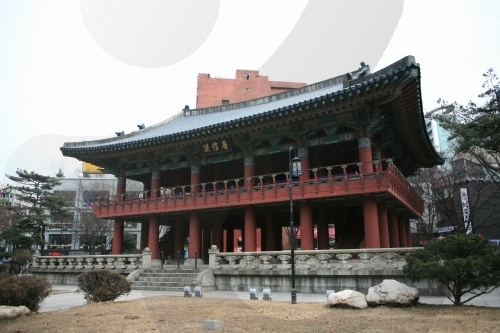

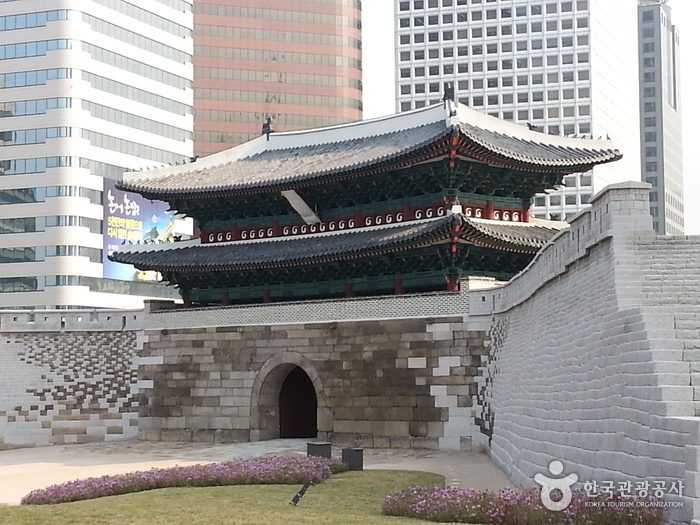
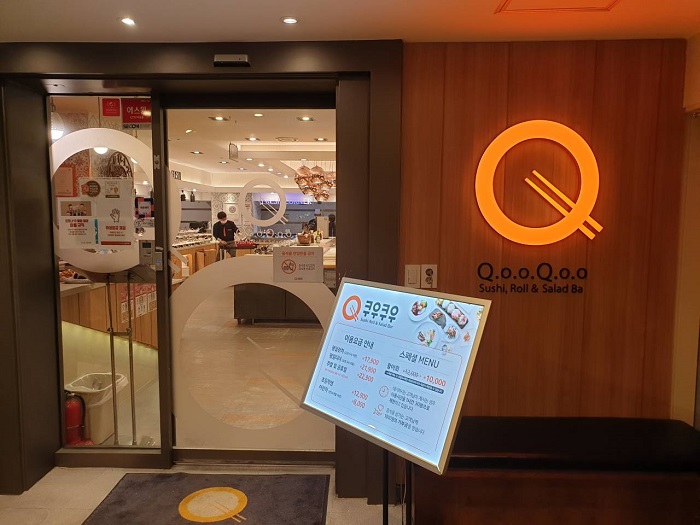
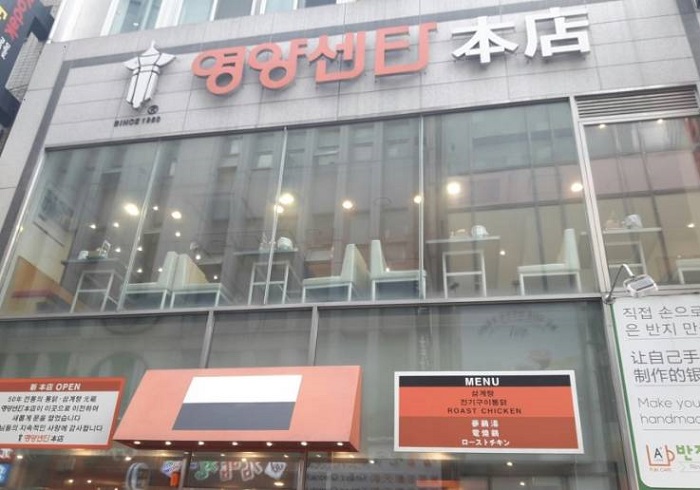
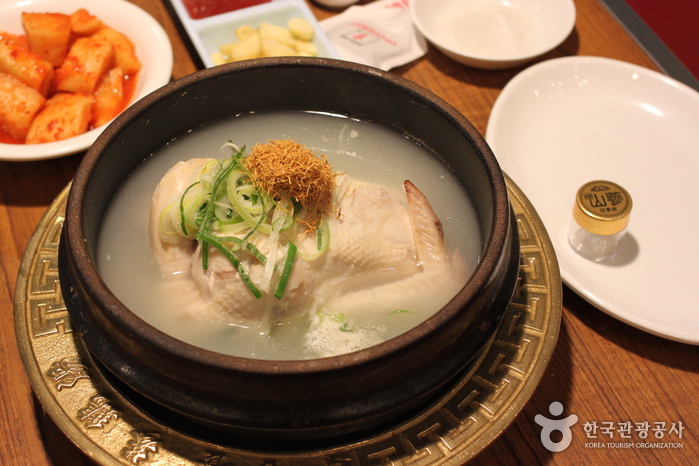
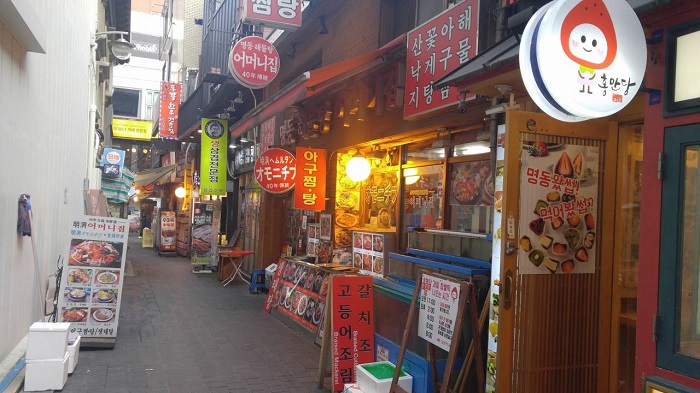
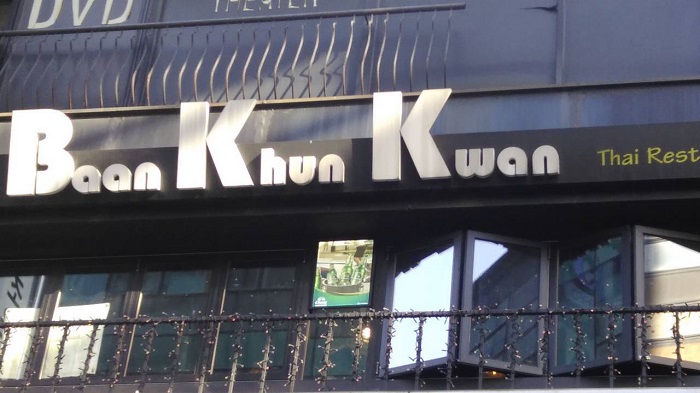
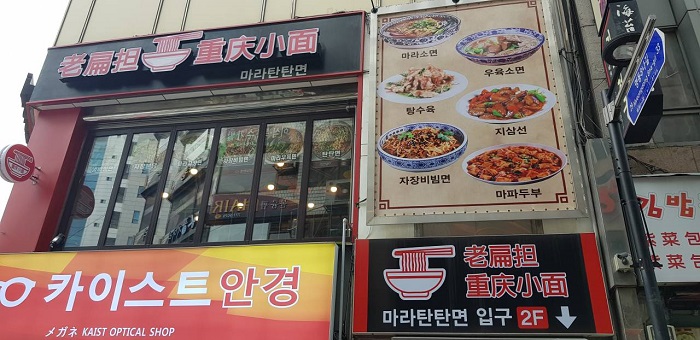
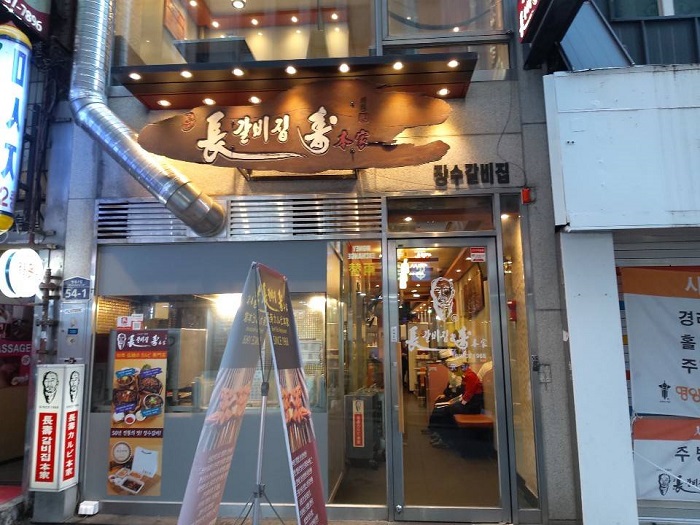
 Español
Español
 한국어
한국어 English
English 日本語
日本語 中文(简体)
中文(简体) Deutsch
Deutsch Français
Français Русский
Русский